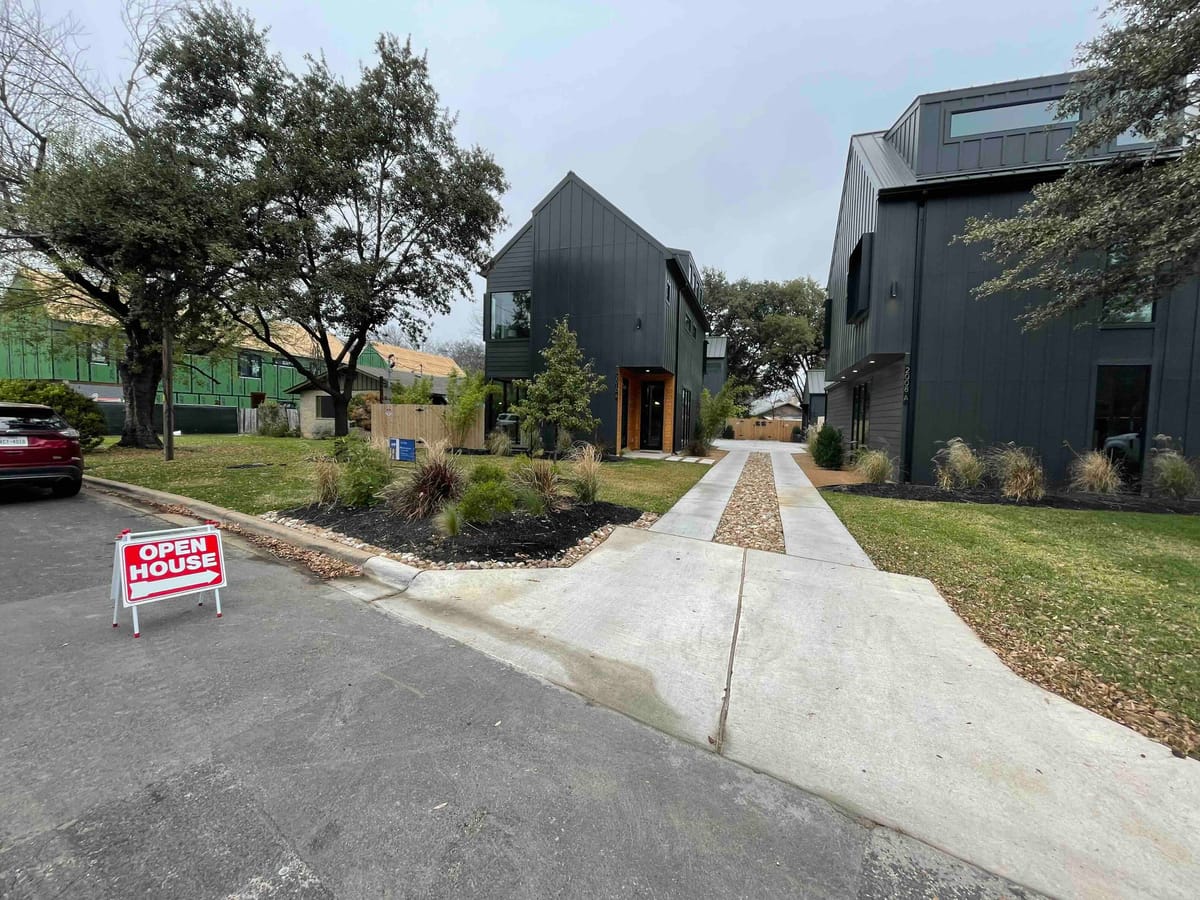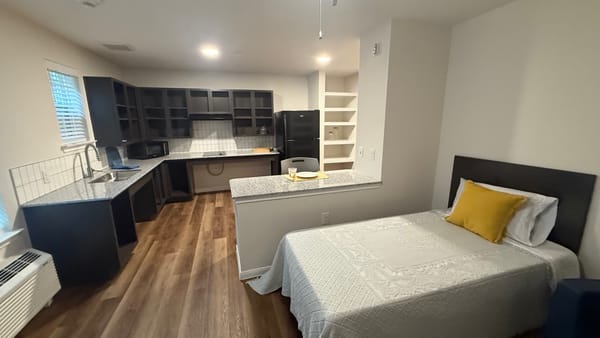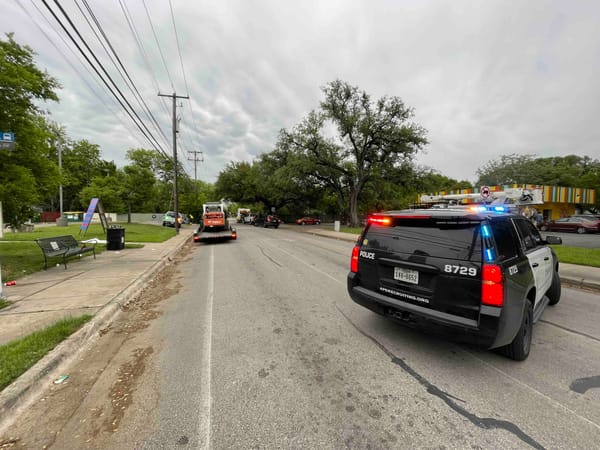Dissuading developers from demolition
A look at the proposed preservation bonus.

The city took an important step today towards encouraging developers to preserve old homes when building new ones.
The important step in question was one of those weird hearings where City Council members sit on the dais and volunteers they appointed to the Planning Commission sit on tables set up in front. It's a total farce, but for some reason state law says that if the Council holds a joint hearing with the Planning Commission, then it is not subject to the same public notice requirements that zoning changes are normally subject to. Yes, the city will still send out notice about the proposed land use change, but if it holds this weird joint hearing it no longer has to worry that NIMBY activists will find some reason to argue in court that the notice was not done correctly.
The preservation bonus was technically already included in the HOME ordinance that passed 18 months ago, but it was written in a way to be useless, so here we are.
How FAR do we go?
Before we talk about what the preservation bonus does, I gotta explain Floor to Area Ratio, a key zoning regulation. If you already know about FAR, you can skip the next two paragraphs.
FAR dictates the total amount of floor space that can be built on a given lot. In traditional single-family zoning in Austin, the FAR limit is 0.45, which means the home's floor space can be equal to 45% of the lot. So if you have a 10,000 sq ft lot, the home can be a maximum of 4,500 sq ft. If you have a 6,000 sq ft lot (just a bit larger than the old minimum lot size), the home could be no more than 2,700 sq ft.
Keep in mind that FAR limits are NOT to be confused with impervious cover limits. The latter, which has various environmental/flooding justification, limits the amount of ground that is covered with concrete –– something that can be addressed by simply building higher. A two-story home that is 2,000 sq ft results in less impervious cover than a single-story home of the same size. FAR limits apply no matter where the floor space is going. Indeed, FAR limits often function as a height limit.
Before Council adopted the HOME ordinance 18 months ago, you could not go above the 0.45 FAR limit on a single-family lot, whether you were building a single house, a duplex, or a house and an ADU.
HOME, however, allows a FAR of 0.55 for two units and 0.65 for three units.
What the proposed preservation bonus does is allow you to exempt an existing house from the FAR limits altogether. The city will allow you 0.65 FAR for just the two new units.
Furthermore, the bonus allows you to build up to 4,350 sq ft for the two new units regardless of what that amounts to in FAR. (This might be relevant if the lot is under 6,693 sq ft)
So let's say you buy a 8,000 sq ft lot with a house on it. If you demolish the house, then you can build one of the following:
- A single 3,600 sq ft home
- Two units that total 4,400 sq ft (2,000 sq ft each)
- Three units that total 5,200 sq ft (1,733 sq ft each)
But if you don't demolish the old house, then you still have 5,200 sq ft left to build. So you could add two units that are each 2,600 sq ft.
Or consider a 6,000 sq ft lot, which is only slightly bigger than what was until recently the minimum lot size in Austin. If you demo the original house, you can do the following:
- A single 2,700 sq ft house
- Two units that total 3,300 sq ft (1,650 sq ft each)
- Three units that total 3,900 sq ft (1,300 sq ft each)
But if you keep the old home, you'll still have 4,350 sq ft to work with –– so each new unit could be 2,125 sq ft.
This proposed preservation bonus will pass Council easily. It doesn't appear to have any substantial opposition. Only one person, who clearly didn't understand the proposal, took part in public comment today. The meeting lasted 12 minutes.
Wait, but the preservation bonus already exists...
Yes, the HOME ordinance that Council passed in December 2023 already exempts existing buildings from FAR limits....but then a separate part of the ordinance said that no two units on a lot could combine for a FAR exceeding 0.55, the same that you would get if you knocked the old house down. That provision was crafted to try to prevent developers from building a couple monster homes and a tiny pool house, but it ended up killing the preservation bonus, at least according to city staff's conservative (of course) interpretation of the ordinance.
"The first pass at it had the unintended consequence of making the preservation bonus the demolition bonus," Chris Gannon, an architect who has been advocating for the preservation bonus, tells me.
Could it be better?
Gannon and others say that if you really want to incentivize preservation, you probably have to do one of two things: allow a whole extra unit (4 total) or allow for increased impervious cover. The current limit is 45% on a single-family lot, no matter how many units you build.
Impervious cover is a much touchier subject, however, than FAR. Indeed, during the initial passage of HOME, supporters often stressed that there would be no change in impervious cover allowances. Talk of increased impervious cover scares neighbors, who worry it will lead to more flooding.
Next steps
Only one person showed up for public comment today. The entire meeting lasted 12 minutes.
But the Planning Commission itself will hold its own hearing and vote on the proposed ordinance next week and then Council will follow suit on April 24.
Who said democracy is dead?
If somebody forwarded you this email, please consider subscribing to the newsletter by visiting the website.





